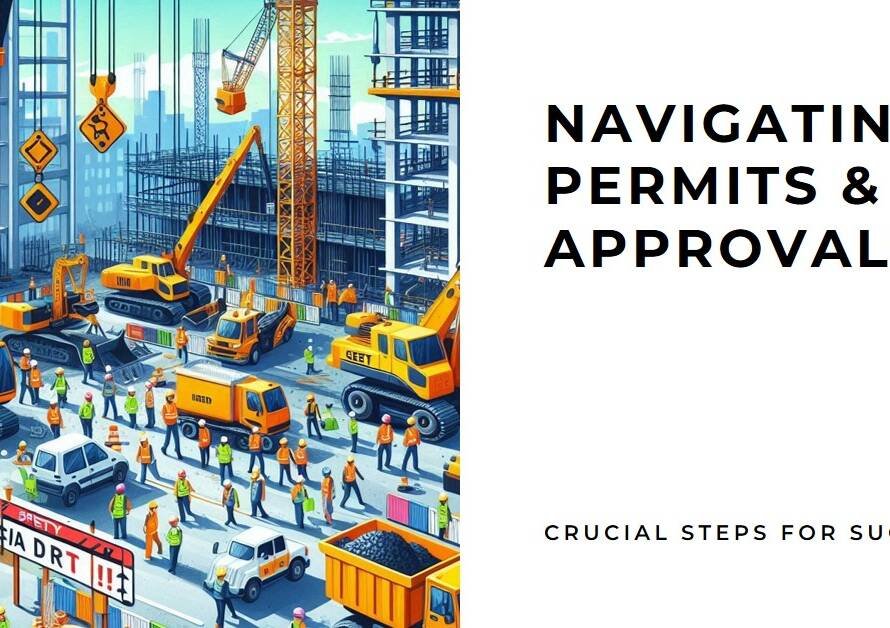
Table of Contents
1. Introduction: Navigating the Diverse Landscape of 3D Artistry
The world of 3D artistry offers a multitude of pathways for aspiring artists to channel their creativity and expertise. In this guide, we’ll delve into five distinct profiles that 3D artists can pursue, each offering unique challenges, opportunities, and rewards within the dynamic realm of digital design and visualization.
2. Character Artist: Bringing Digital Characters to Life
Character artists specialize in creating captivating and lifelike 3D characters for various media, including games, animation, and films. They excel in sculpting, texturing, rigging, and animating characters, imbuing them with personality, emotion, and realism. Leveraging software like ZBrush, Maya, or Blender, character artists craft intricate details, expressive facial features, and dynamic poses, contributing to immersive storytelling and engaging visual narratives across diverse media platforms.
3. Environment Artist: Crafting Immersive Virtual Worlds
Environment artists focus on designing and building immersive virtual environments that serve as backdrops for games, films, VR experiences, and architectural visualizations. They excel in creating realistic landscapes, architectural structures, atmospheric effects, and interactive elements that transport viewers into captivating digital realms. Proficiency in software such as Unreal Engine, Unity, Maya, or 3ds Max enables environment artists to master terrain modeling, texture painting, lighting setups, and environmental storytelling techniques, shaping compelling and memorable virtual experiences.
4. Technical Artist: Bridging Art and Technology
Technical artists serve as the bridge between artistic vision and technical implementation, leveraging programming and scripting skills to enhance workflows, optimize performance, and create dynamic visual effects. They specialize in shader development, particle systems, procedural generation, animation scripting, and tool development, empowering artists and developers to achieve creative goals efficiently and effectively. Proficiency in languages like Python, C++, or HLSL, coupled with software expertise in tools like Houdini, Substance Designer, or Unreal Engine, equips technical artists to solve complex challenges and push the boundaries of visual innovation.
5. Lighting and Rendering Specialist: Mastering Visual Fidelity and Atmosphere
Lighting and rendering specialists focus on achieving visual fidelity, realism, and atmospheric effects through advanced lighting setups, rendering techniques, and post-processing workflows. They excel in crafting realistic lighting scenarios, managing global illumination, optimizing render settings, and enhancing visual quality through texture mapping, shading, and compositing. Expertise in rendering engines like V-Ray, Arnold, Redshift, or OctaneRender, coupled with a deep understanding of color theory, composition, and visual storytelling, empowers lighting and rendering specialists to create stunning and immersive visual experiences across various media platforms.
6. Concept Artist: Visualizing Ideas and Design Concepts
Concept artists play a pivotal role in visualizing ideas, design concepts, and artistic visions across industries such as gaming, film, advertising, and product design. They excel in sketching, digital painting, and creating concept art that communicates design aesthetics, mood, and narrative themes. Utilizing digital painting software like Photoshop, Procreate, or Clip Studio Paint, concept artists translate abstract ideas into tangible visuals, contributing to the early stages of creative projects and guiding artistic direction and visual development processes.
7. VR/AR Developer: Crafting Immersive Experiences in Virtual and Augmented Realities
VR/AR developers combine artistic creativity with technical prowess to craft immersive experiences in virtual and augmented realities. They specialize in developing interactive VR/AR applications, simulations, training modules, and entertainment experiences that engage users and push the boundaries of digital immersion. Proficiency in game engines like Unity or Unreal Engine, coupled with knowledge of VR/AR hardware, user experience design, and interactive storytelling, equips VR/AR developers to create compelling and transformative experiences across industries such as gaming, education, healthcare, and architecture.
8. Freelance Artist: Embracing Creative Independence and Diverse Projects
Freelance artists enjoy the freedom and flexibility of working independently on diverse projects across industries such as gaming, animation, advertising, architecture, and product design. They specialize in their chosen area of expertise, whether it’s character design, environmental modeling, technical artistry, or concept art, and collaborate with clients and studios on a project basis. Embracing platforms like ArtStation, Upwork, or Freelancer, freelance artists showcase their portfolios, engage with clients, negotiate contracts, and deliver high-quality artistic solutions tailored to specific project requirements and creative visions.
9. Industry Specialist: Niche Expertise and Collaborative Innovations
Industry specialists focus on niche areas within the 3D artistry domain, such as medical visualization, automotive design, architectural visualization, product prototyping, or scientific simulations. They combine artistic skills with domain-specific knowledge and collaborate closely with professionals in related industries to create specialized visualizations, simulations, and interactive experiences. Mastery of industry-specific software, workflows, and standards, along with continuous learning and collaboration, positions industry specialists as valued experts and innovators within their respective fields.
10. Continuous Learning and Adaptation: Thriving in a Dynamic Creative Landscape


Regardless of the chosen path, continuous learning, adaptation, and mastery of new tools, techniques, and industry trends are crucial for success in the ever-evolving landscape of 3D artistry. Embracing online tutorials, workshops, industry conferences, and peer collaborations fosters growth, creativity, and professional development, empowering artists to push boundaries, unlock new creative possibilities, and thrive in diverse roles and opportunities within the vibrant world of digital design and visualization.



